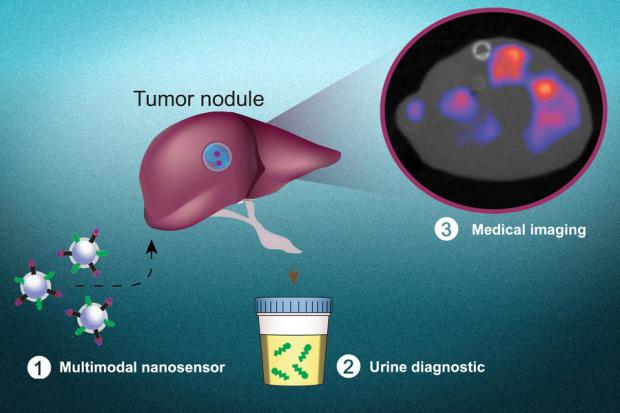
Breaking News
 IT'S OVER - I Have Proof: Fed Opened $24B Credit Line to 3 Banks (Jan 2nd Emergency Emails Leak
IT'S OVER - I Have Proof: Fed Opened $24B Credit Line to 3 Banks (Jan 2nd Emergency Emails Leak
 The Poo Doctor: This Gut Mistake Leads To Cancer. The Cheap Spice That Helps Repair...
The Poo Doctor: This Gut Mistake Leads To Cancer. The Cheap Spice That Helps Repair...
 Vaccine ingredients Exposed - Children's Health Defence "CHD"
Vaccine ingredients Exposed - Children's Health Defence "CHD"
Top Tech News
 Laser weapons go mobile on US Army small vehicles
Laser weapons go mobile on US Army small vehicles
 EngineAI T800: Born to Disrupt! #EngineAI #robotics #newtechnology #newproduct
EngineAI T800: Born to Disrupt! #EngineAI #robotics #newtechnology #newproduct
 This Silicon Anode Breakthrough Could Mark A Turning Point For EV Batteries [Update]
This Silicon Anode Breakthrough Could Mark A Turning Point For EV Batteries [Update]
 Travel gadget promises to dry and iron your clothes – totally hands-free
Travel gadget promises to dry and iron your clothes – totally hands-free
 Perfect Aircrete, Kitchen Ingredients.
Perfect Aircrete, Kitchen Ingredients.
 Futuristic pixel-raising display lets you feel what's onscreen
Futuristic pixel-raising display lets you feel what's onscreen
 Cutting-Edge Facility Generates Pure Water and Hydrogen Fuel from Seawater for Mere Pennies
Cutting-Edge Facility Generates Pure Water and Hydrogen Fuel from Seawater for Mere Pennies
 This tiny dev board is packed with features for ambitious makers
This tiny dev board is packed with features for ambitious makers
 Scientists Discover Gel to Regrow Tooth Enamel
Scientists Discover Gel to Regrow Tooth Enamel
 Vitamin C and Dandelion Root Killing Cancer Cells -- as Former CDC Director Calls for COVID-19...
Vitamin C and Dandelion Root Killing Cancer Cells -- as Former CDC Director Calls for COVID-19...
Nanoparticle urine test diagnoses cancer and pinpoints its location

The MIT system is built around a specially designed nanoparticle that can produce "synthetic biomarkers" in urine if a person has cancer, and in previous tests it has proved promising at this job. But the problem is, it couldn't tell where in the body the tumors were located. Now, the team has added this function.The method by which the nanoparticles detect cancer is quite clever. To escape their point of origin and spread throughout the body, many cancers use enzymes called proteases which slice through proteins in the extracellular matrix. The diagnostic nanoparticles are coated in peptides that can also be cut up by these proteases, so if there are tumors present somewhere, the nanoparticles will bear the scars of their encounters by the time they reach the urine.

 "Boots on the Ground"
"Boots on the Ground"


